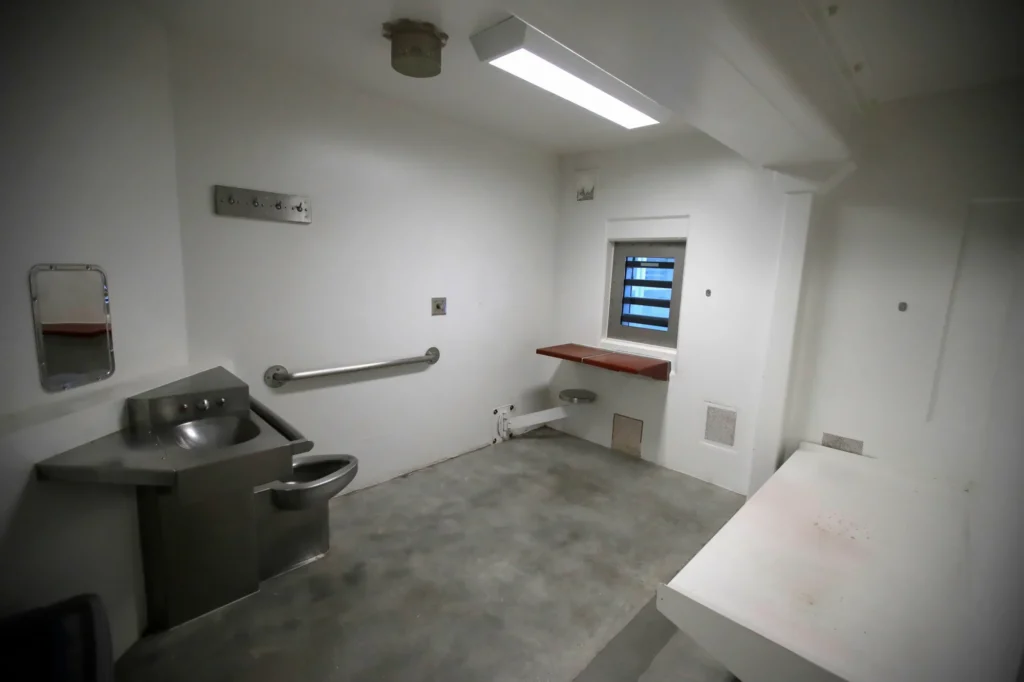Protective custody is a type of confinement in prison that is designed to protect inmates who are at risk of harm from other prisoners. Protective custody is typically used for inmates who are deemed to be at high risk of violence or harassment from other inmates. In this article, we will explore what protective custody is, why it is used, and the pros and cons of this type of confinement in prison.
What is protective custody?
Protective custody is a form of confinement in prison that is used to protect inmates who are at risk of harm from other prisoners. Inmates who are placed in protective custody are typically housed in a separate unit or cell block away from the general population. Protective custody units are typically designed to provide increased security and protection to the inmates housed there.
Why is protective custody used?
Protective custody is used in prisons to protect inmates who are at high risk of violence or harassment from other prisoners. Inmates may be placed in protective custody if they have been threatened or attacked by other inmates, if they are perceived to be vulnerable, or if they have been convicted of crimes that are considered particularly heinous.
Pros of protective custody:
- Increased safety: Protective custody provides increased safety and protection for inmates who are at high risk of violence or harassment from other prisoners.
- Reduced stress: Inmates in protective custody may experience less stress and anxiety compared to those in the general population.
- Access to specialized programs: In some cases, protective custody inmates may have access to specialized programs, such as education or vocational training, that are not available to the general population.
Cons of protective custody:
- Isolation: Inmates in protective custody may experience social isolation and lack of interaction with other inmates, which can lead to mental health issues.
- Restrictions on movement: Inmates in protective custody may be subject to more restrictive movement and visitation rules than those in the general population.
- Stigmatization: Inmates in protective custody may be stigmatized by other prisoners and viewed as weaker or less able to handle prison life.
Protective custody is a form of confinement in prison that is used to protect inmates who are at risk of harm from other prisoners. While it can provide increased safety and protection for inmates, it can also lead to social isolation, stigmatisation, and restrictions on movement.
Protective custody should be used judiciously and with consideration for the mental health and well-being of the inmates housed there. Ultimately, the goal should be to create a safe and secure prison environment for all inmates, while also providing opportunities for rehabilitation and reintegration into society.







